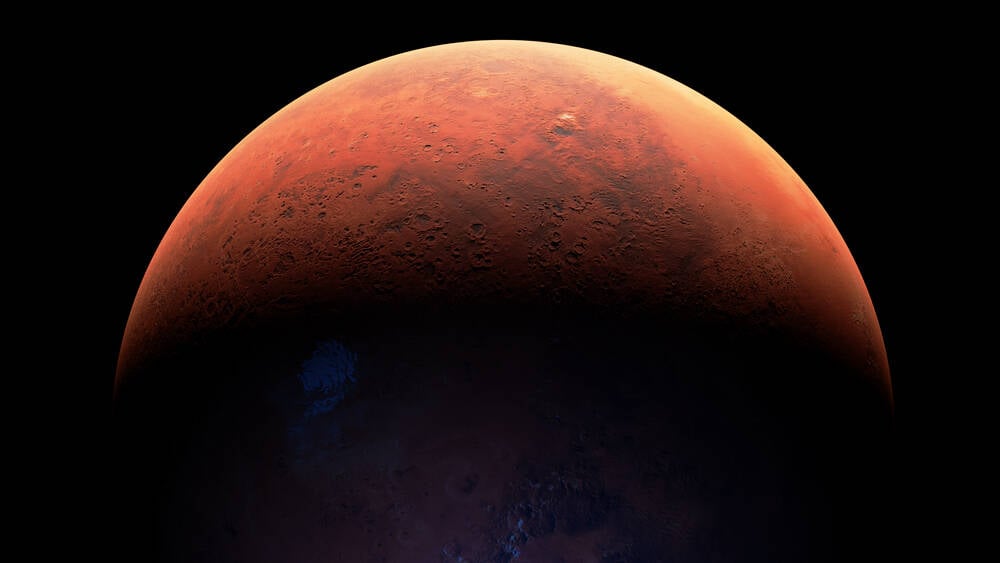Engineering research outfit Howe Industries is working with NASA to develop a new plasma-based propulsion system that might help solve the problem of moving around the solar system faster with bigger payloads.
Early studies suggest the pulsed plasma rocket (PPR) propulsion system could produce up to 100,000 N of thrust within a 5,000-second impulse.
The concept has been developed from an earlier Pulsed Fission-Fusion (PuFF), but is smaller, simpler, and less expensive, according to NASA.
“The exceptional performance of the PPR, combining high [specific impulse] and high thrust, holds the potential to revolutionize space exploration. The system’s high efficiency allows for manned missions to Mars to be completed within a mere two months,” NASA said.
PuFF relies on fission-ignited fusion systems that have already been proved in thermonuclear weapons. But instead of a bomb, the aim is to produce a controlled jet of plasma.
As well as slashing travel time to neighboring planets, PPR promises to support the transport of much heavier spacecraft, which can benefit from shielding against galactic cosmic rays, allowing space travelers to spend longer periods outside Earth’s protective dome.
The latter will be the subject of the NASA Innovative Advanced Concepts (NIAC) study, which is focusing on a large, heavily shielded ship to transport humans and cargo to Mars for the development of a Martian base.
“The main topics included: assessing the neutronics of the system, designing the spacecraft, power system, and necessary subsystems, analyzing the magnetic nozzle capabilities, and determining trajectories and benefits of the PPR. Phase II will build upon these assessments and further the PPR concept,” NASA said.
Other researchers are exploring plasma as a viable means of space propulsion. Scientists at the George Washington University (GWU) and Princeton Plasma Physics Laboratory are looking at how satellites might be capable of generating their own thrust with propellant created out of thin air. The idea is to suck in air from the upper atmosphere and funnel particles into an ionization chamber to create plasma. ®

Dr. Thomas Hughes is a UK-based scientist and science communicator who makes complex topics accessible to readers. His articles explore breakthroughs in various scientific disciplines, from space exploration to cutting-edge research.








